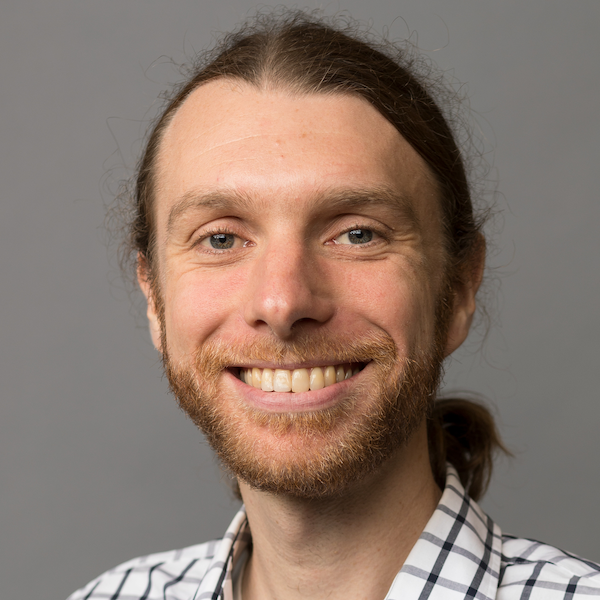X-Bio: eXtreme structural biology and biophysics at CHESS
ACA Annual Meeting: Session 1.2.3: Extreme Biophysical & Biochemical Environments
Meisburger SP, Gillilan RE, Huang Q, Wang X, Wierman JL.
Abstract
The discovery of abundant life in hostile environments, such as within deep rocks, ocean trenches, and hydrothermal vents, has motivated renewed interest in biomolecular adaptation to extreme conditions of temperature, pressure, and chemical makeup. Through an NSF-funded program, established 5 years ago at the Cornell High Energy Synchrotron Source (CHESS), the structural biology beamlines have developed and made available unique sample environments for small-angle X-ray scattering (SAXS) and macromolecular crystallography (MX). The program serves a diverse community of users, as extreme conditions are relevant to many fields of science beyond extremophiles, including biophysics, food science, structural enzymology, drug delivery, and structure-based drug design. I will present a guide to the various techniques available at CHESS through the general proposal system and highlight some of the exciting discoveries these techniques enabled. In addition, I will describe in more detail our HP-MX setup, where crystal structures can be determined with hydrostatic pressure up to 1 GPa (10 kbar) at ambient temperature in diamond anvil cell (DAC). Recent upgrades to the 7B2 beamline have improved achievable data quality and streamlined data collection and processing, making this technique accessible to the wider structural biology community. I will describe the application of HP-MX to structural enzymology, where high pressure conditions reveal conformational changes relevant to allostery and catalysis. Finally, I will offer a preview of techniques under development and future opportunities for scientific collaboration.
